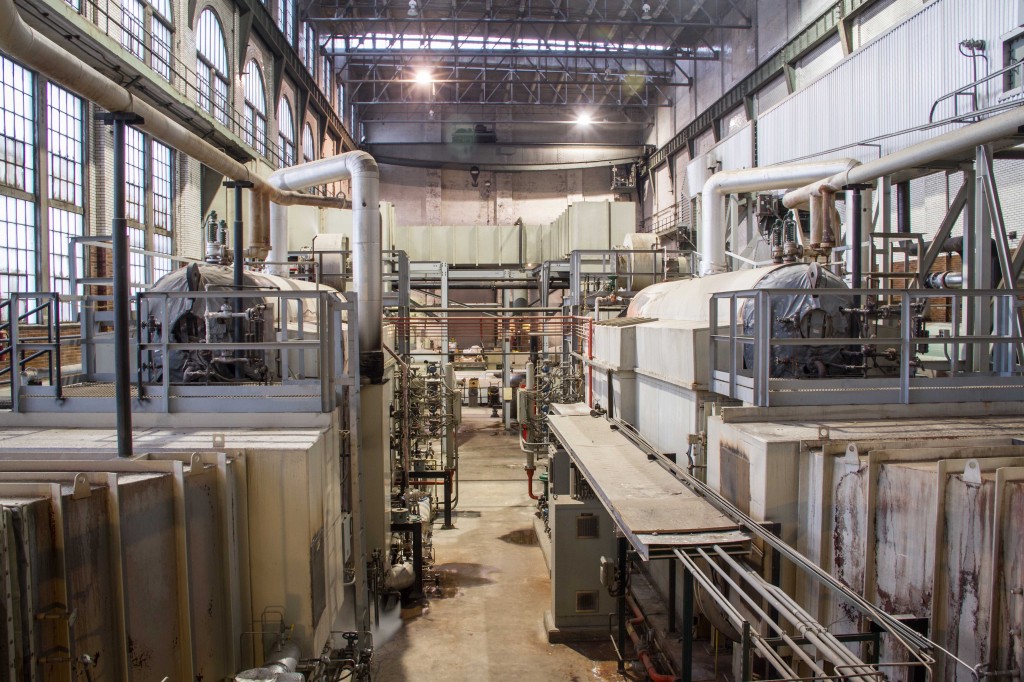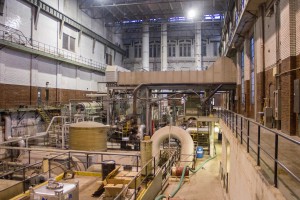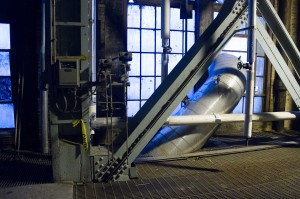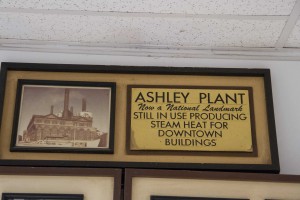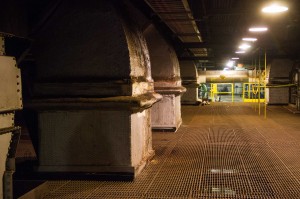Net Neutrality explained
At Public Citizen, Andrew D. Selbst explains the importance of Net Neutrality:
Common carrier regulations are a century-old concept that has been applied to telecom services from its early days. The concept originates from travel: If you are a bus operator, you must allow anyone with a ticket to board and ride. Applied to telephones, common carrier obligations are the reason that your phone company cannot first listen to your conversations, and then when you discuss switching carriers or call a competitor to sign up, kill your connection or make it so full of static that you cannot hear. If the idea of a telephone company doing that seem preposterous, it is only because common carrier obligations on telephones are so ingrained into our expectations. In terms of the internet, net neutrality simply requires that the ISPs treat each bit of data identically, and send it where it needs to go at the same rate of speed, regardless of its source (subject to legitimate network management concerns). Net neutrality merely regulates the “paved road,” and not the “cars,” in the old metaphor of the “information superhighway.” We would not expect the operators of the road to choose speeds that a car can travel, depending on where it comes from or who is in it. Without net neutrality rules there is nothing stopping ISPs from simply blocking websites and media they don’t like because the websites and media compete with their offerings or haven’t specifically paid them off. This is not just a scary hypothetical. AT&T recently released a plan called “Sponsored Data” that works as follows: AT&T has already set an artificial data cap on its consumers (itself a policy design solely to extract the most profit out of them). Now, AT&T will allow a provider, like Netflix, pay them for the privilege to reach the user without affecting the user’s cap. Thus, other competing sites become comparatively more expensive since they will run through the user’s data limit. To take another example, Comcast and Time Warner both have online TV services, which allow customers to watch cable programming on their computers or mobile devices. The cable companies’ online TV services don’t count as data under their artificial caps either, so that the home-grown online TV service is preferable to Netflix, a competitor. Then as cable prices get ever higher, the ISPs can point to all the “free” new online TV services they’re offering as justification for higher prices.

